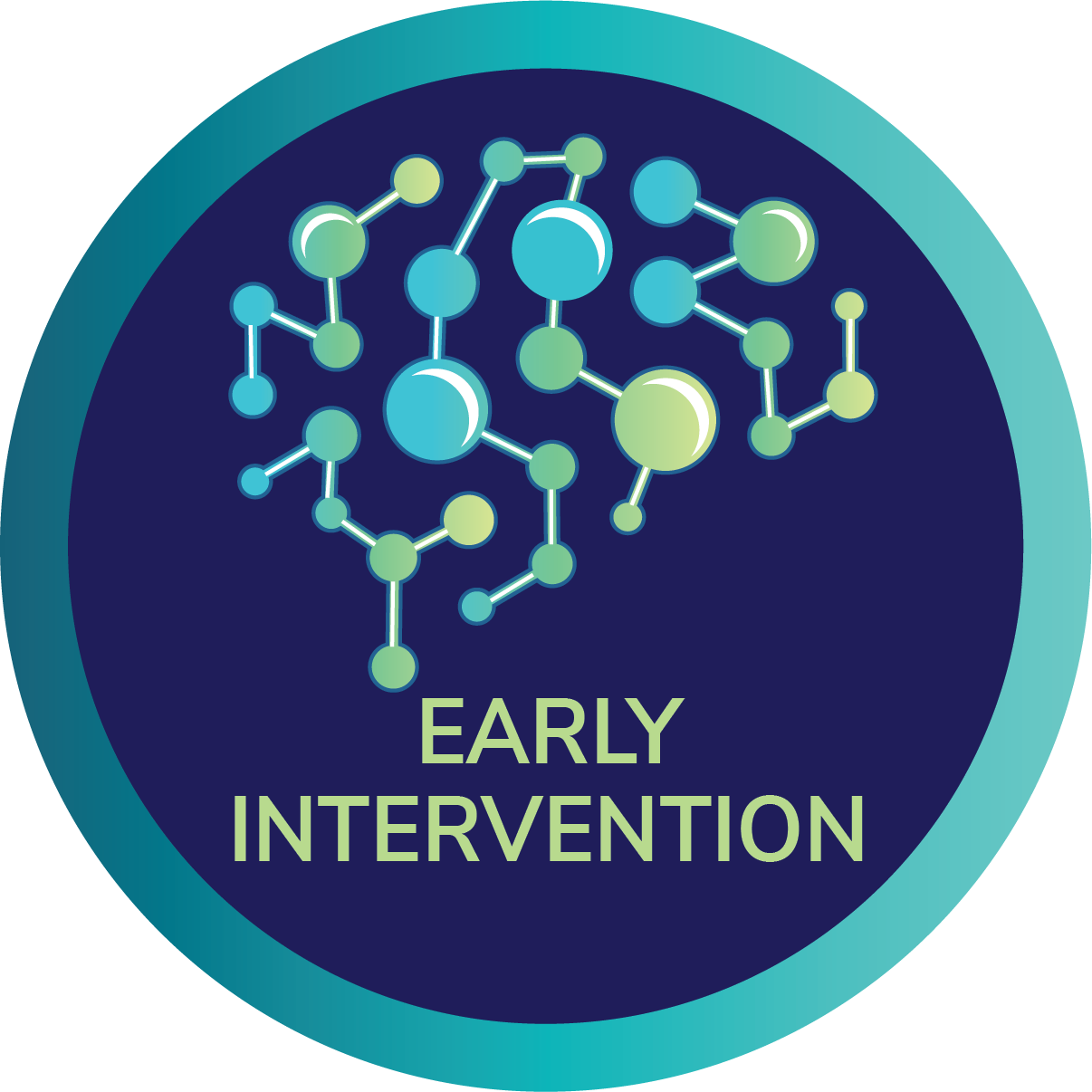Schizophrenia and Clinical High Risk
Schizophrenia
A main feature of schizophrenia is psychosis, which can include experiencing hallucinations (such as hearing voices or seeing things others do not see) and having unusual or disturbing thoughts. People with schizophrenia may also have problems with memory and attention, slowed thinking, decreased motivation, and social or emotional withdrawal. Together, these symptoms can interfere with a person’s ability to function well and enjoy life.
More information about schizophrenia is available from the National Institute of Mental Health.
Clinical High Risk
Young people may start to show signs of risk for psychosis months or even years before they receive a diagnosis. These early signs may include: difficulty thinking or concentrating; changes in thought content such as suspiciousness, odd thoughts, or unusual beliefs; perceptual disturbances such as hearing or seeing things others do not, or increased sensitivity to sights and sounds; decreased motivation or withdrawing from friends and family; and new problems at work or school. Researchers often refer to this early period as “clinical high risk,” meaning that people who show these signs may be at increased risk for developing schizophrenia later.
Of course, many of these experiences are not specific to schizophrenia; they may indicate risk for other mental health issues, or they may represent “bumps in the road” during typical development. Research indicates that at a two year follow-up of young people who have signs of clinical high risk, approximately 20% transition to psychosis [a], some experience some symptoms and problems in functioning, and 41% undergo remission [b]. Individuals who remain at clinical high risk without psychosis perform better on neurocognitive tests compared to those who develop full psychosis.
Being able to identify people who are at clinical high risk can help clinicians treat people early, before their symptoms worsen. It can also help researchers understand who is likely to develop schizophrenia, who is likely to develop other mental health conditions, and who is unlikely to experience longer term psychiatric issues.
A main goal of research in schizophrenia and related disorders is to understand better these different outcomes, develop helpful treatments to reduce or even stop symptoms, and find better ways to connect young people to effective care as early as possible.
More information about early signs of risk is available from the National Alliance on Mental Illness (NAMI).
Resources
PRISM: Mental Health Through the Lens of Difference, an anthology about mental health and marginalized groups, edited by Krista L. R. Cezair and published by the HPHR Journal (formerly Harvard Public Health Review).
Living with Schizophrenia, and Thriving: A Conversation with Carlos Larrauri, the Foundation for the National Institutes of Health.
You Are Not Alone, the NAMI Guide to Navigating Mental Health, with Advice from Experts and Wisdom from Real People and Families, by Ken Duckworth, MD.
Last Reviewed on April 22, 2024
